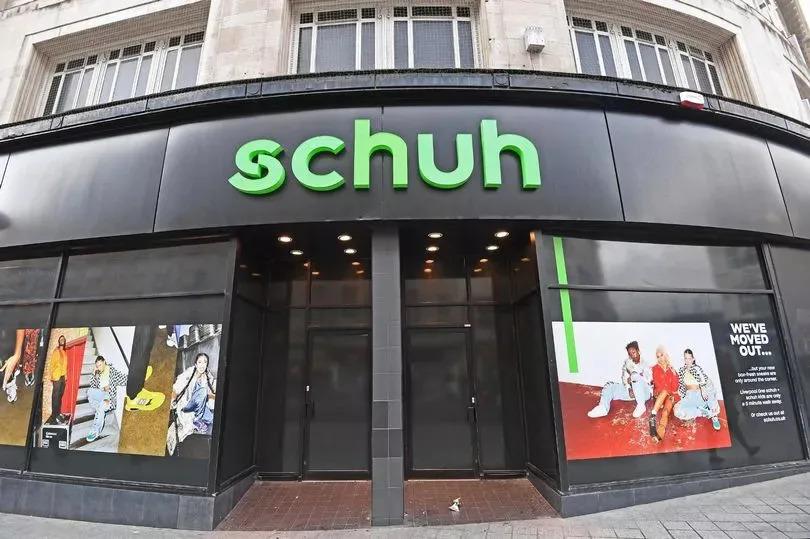Schuh Closing Down: What It Means for Shoppers and Retail

Introduction
The recent announcement about Schuh, the popular British footwear retailer, closing its doors has sent shockwaves through the retail community. Established in 1981, Schuh became a staple in the UK high street and a go-to destination for footwear lovers. However, escalating challenges in the retail sector, exacerbated by the pandemic, have forced the company to reconsider its future, igniting discussions about the resilience of the retail industry and the shifting consumer behaviours.
Main Events and Details
In an emergency meeting held on October 25, 2023, Schuh’s management revealed troubling financial results, highlighting a decline in sales over recent quarters. The company has struggled to keep up with the increasing popularity of online shopping, compounded by a reduced footfall in high street retail spaces. Schuh had previously adapted its business model by enhancing its e-commerce platform, but this has not been sufficient to offset the losses incurred from physical store operations.
The decision to close down Schuh reflects a broader trend within the retail landscape where many well-known brands are retrenching or undergoing significant restructuring. A wave of closures has hit the high street, with numerous businesses unable to survive the ongoing economic pressures and changing shopping habits.
Schuh’s commitment to a strong brand presence and appeal among younger consumers has garnered it a loyal customer base, yet even this has not shielded it from market volatility. Online competitors have dominated the footwear sector, forcing traditional retailers into a corner. Foot Locker and JD Sports have significantly increased their market share, threatening Schuh’s viability.
Conclusion and Significance
The implications of Schuh closing down extend beyond just the loss of another store; they signify a critical turning point in the retail industry. For consumers, the decision is disappointing, as Schuh’s eclectic range of footwear will soon be missed. For the sector, it serves as a cautionary tale on the importance of innovation and adaptation in a rapidly changing market.
As the retail landscape continues to evolve, businesses must proactively embrace change to thrive. Looking ahead, stakeholders will be closely monitoring the situation to see how remaining retailers navigate this tumultuous environment and what steps they will take to mitigate risks. Only time will tell if this marks the beginning of a more significant decline in traditional retailing or a phase of reinvention and recovery.
